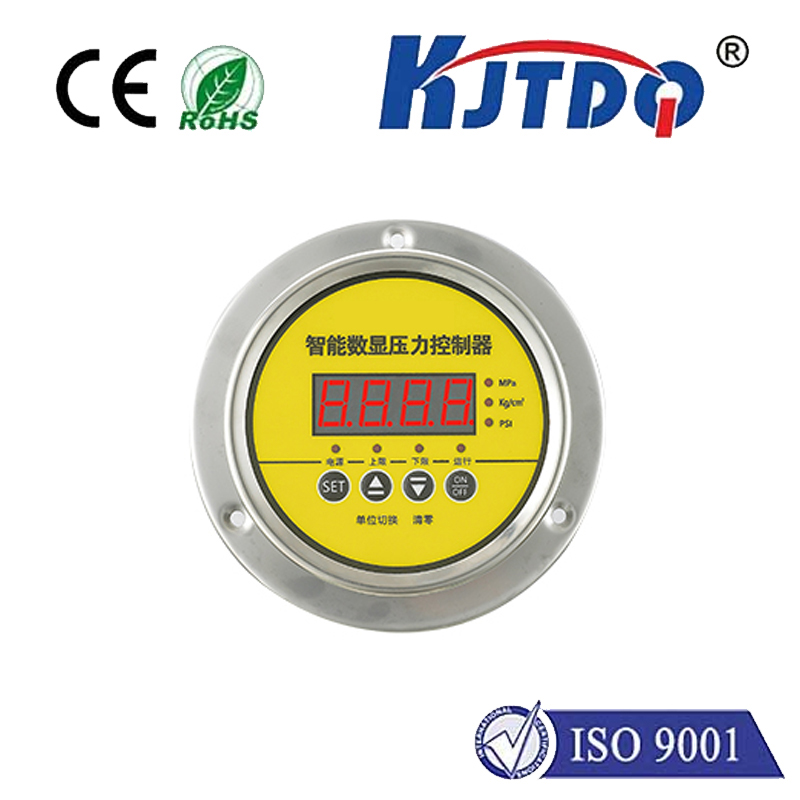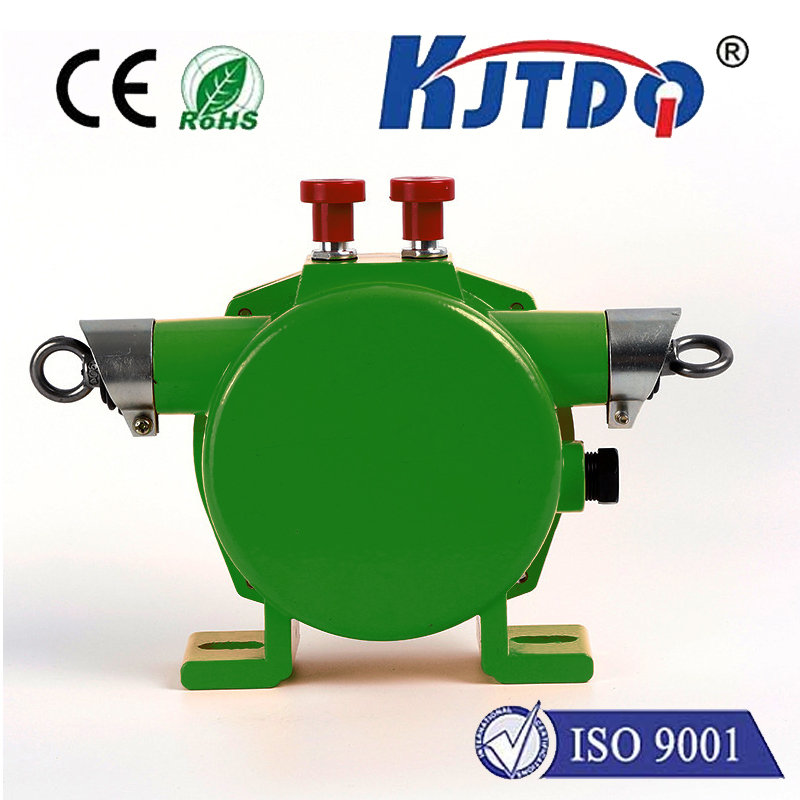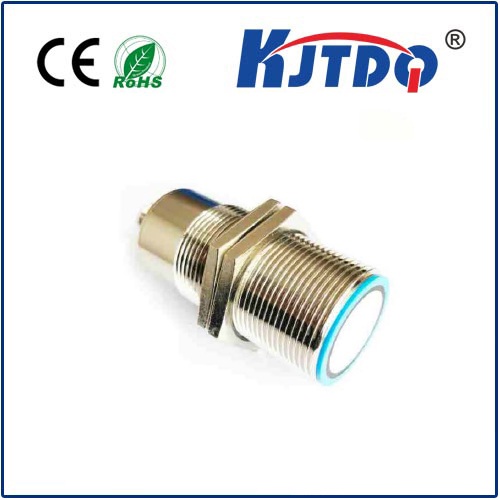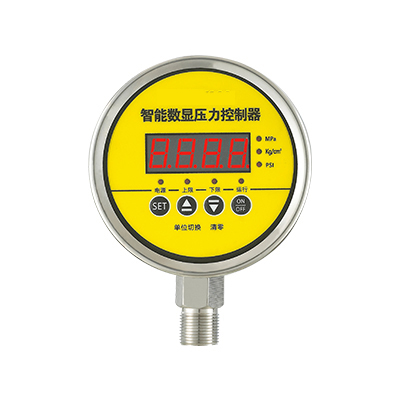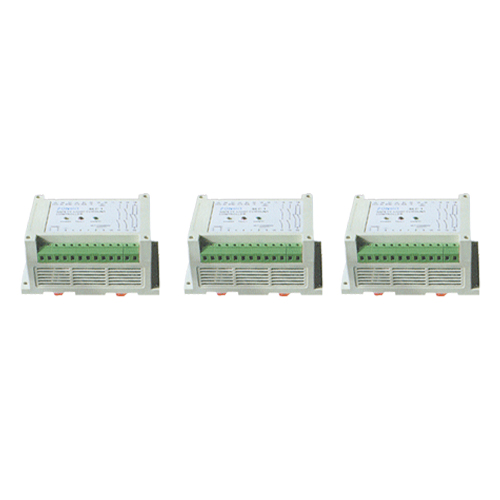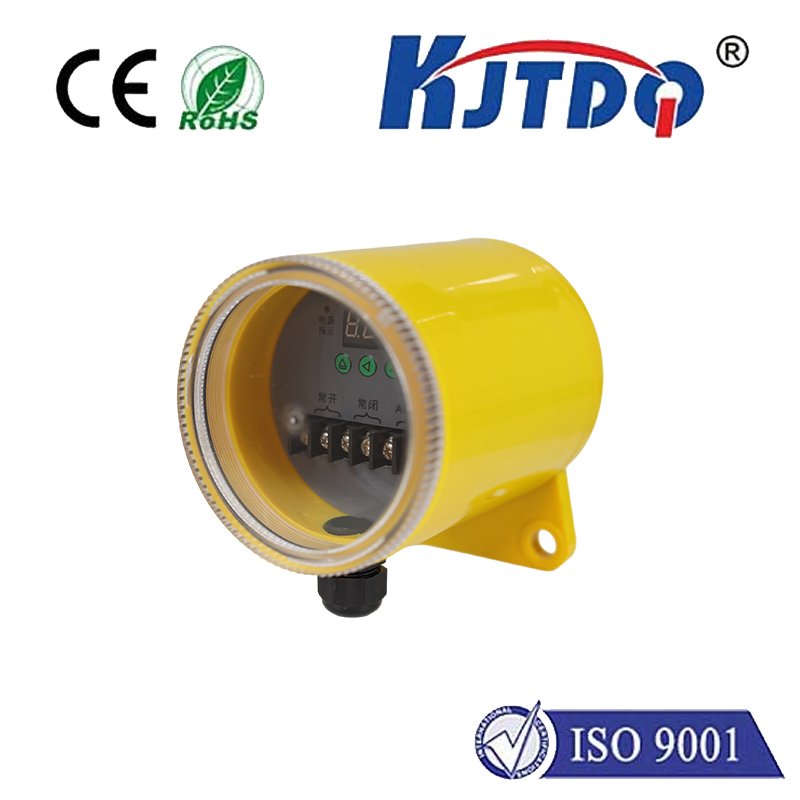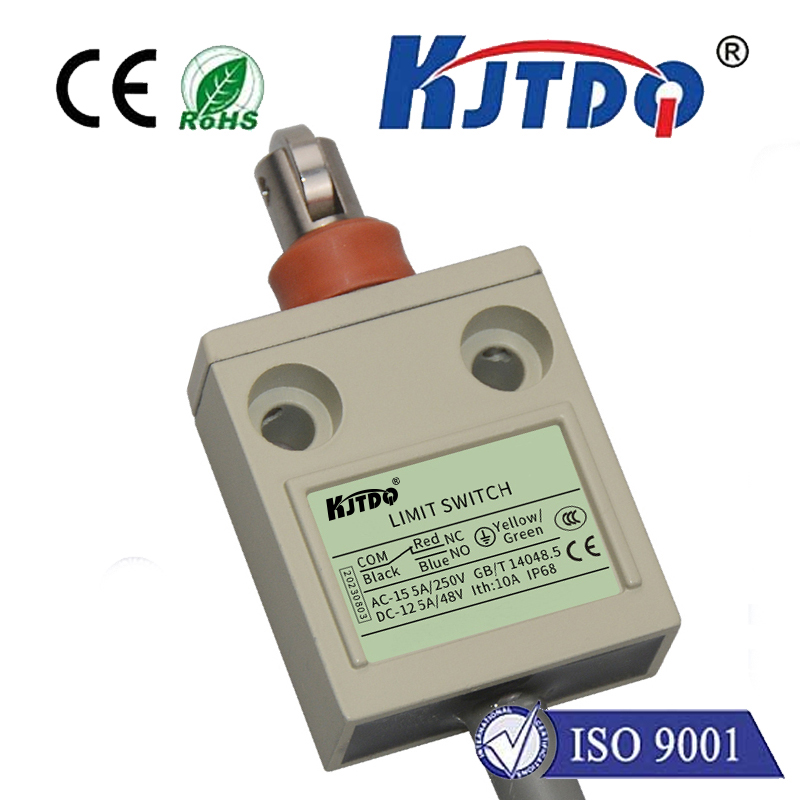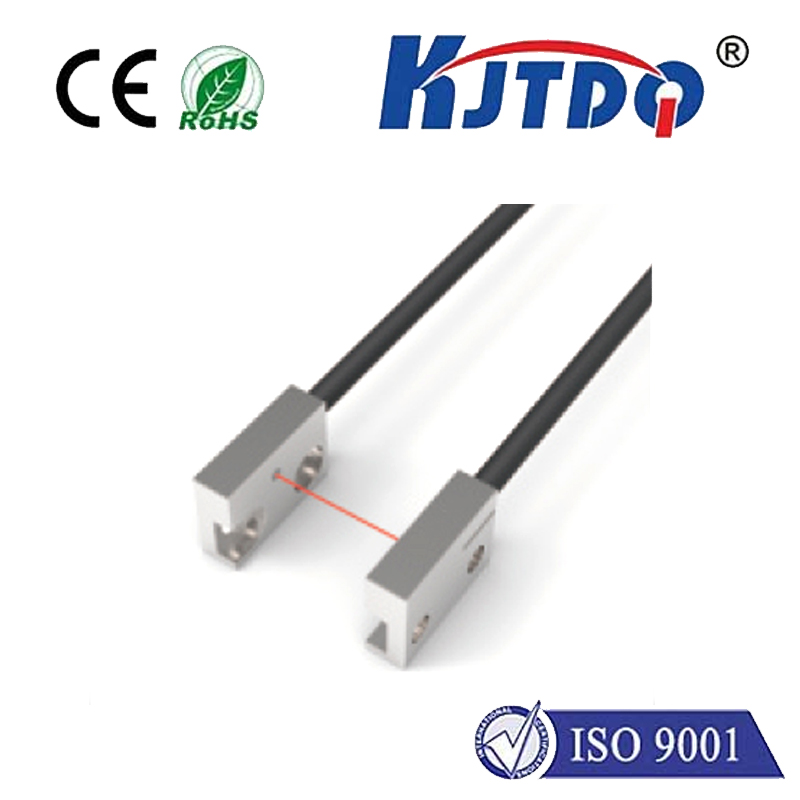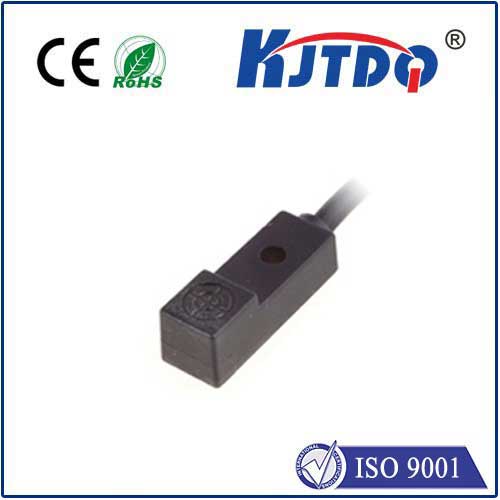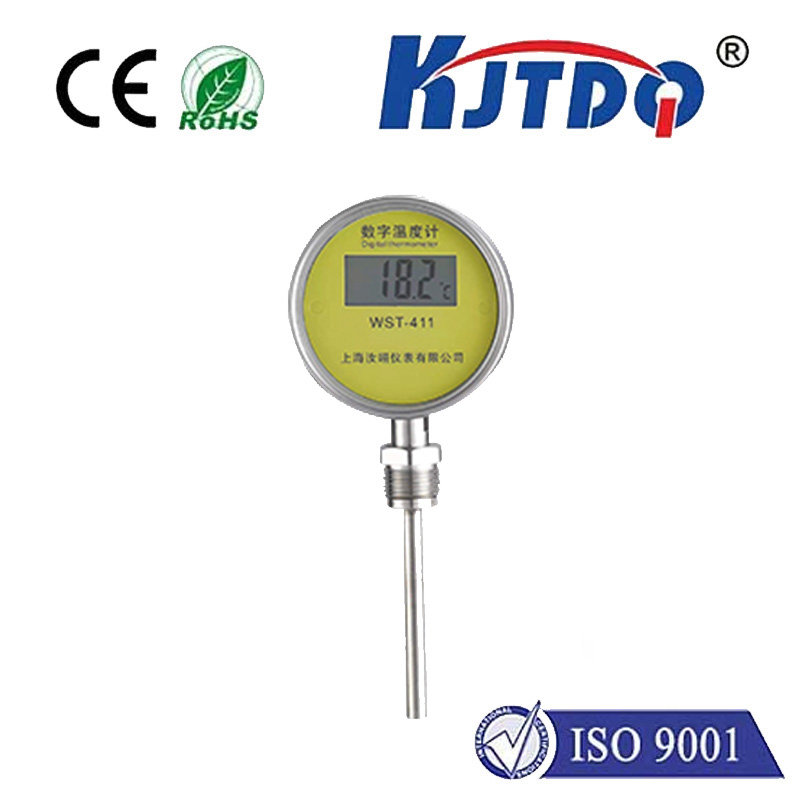24v proximity sensor
- time:2025-09-05 15:25:43
- Нажмите:0
24V Proximity Sensors: The Industry Standard for Reliable Detection
Imagine the complex machinery humming in a modern factory – robotic arms welding car frames, conveyor belts whisking packages, presses shaping metal. What keeps these systems running safely and precisely, detecting objects without physical contact, even in harsh environments? Often, it’s an unassuming workhorse: the 24V proximity sensor.
This small but vital component acts as the “eyes” of countless automated systems. Unlike mechanical switches that wear out, proximity sensors offer non-contact object detection, using electromagnetic fields, capacitance, or ultrasound to sense the presence or absence of metallic or non-metallic targets. And among the various power options, 24V DC has emerged as the dominant, resilient standard across industrial applications. But why is 24В so prevalent? This article delves into the world of 24V proximity sensors, exploring their workings, key benefits, diverse types, and essential selection criteria.
What is a 24V Proximity Sensor?

At its core, a proximity sensor detects nearby objects without requiring any physical interaction. A 24V proximity sensor specifically operates on a 24 Volt Direct Current (DC) power supply. This DC voltage powers the sensor’s internal oscillator and electronics. Here’s a simplified breakdown of how common types work:
- Inductive Proximity Sensors: Designed primarily to detect ferrous metals (like iron, steel) and sometimes non-ferrous metals (aluminum, brass, copper) at shorter ranges. An internal oscillator generates a high-frequency electromagnetic field emanating from the sensor’s face. When a conductive metal target enters this field, it induces tiny eddy currents within the target. These eddy currents absorb energy from the oscillator, causing its amplitude to decrease. An internal circuit detects this decrease and triggers the sensor’s output switch (solid-state transistor). Key characteristic: Metal targets only.
- Capacitive Proximity Sensors: These can detect a much wider range of materials, including metals, plastics, wood, glass, liquids, powders, and even granular substances. They work based on changes in capacitance. The sensor face acts as one plate of a capacitor, the target object (or surrounding material) acts as the other plate, and the air gap is the dielectric. As the target approaches, the capacitance increases. The sensor’s circuit monitors this capacitance change. When it exceeds a predefined threshold, the output switch activates. Key characteristic: Detects almost any material, including liquids.
- Ultrasonic Proximity Sensors: These emit high-frequency sound waves (above human hearing range). They measure the time it takes for an echo to return after bouncing off an object. Based on this time-of-flight, they calculate distance to the target. While often powered by 24V, they are technically distance sensors but frequently used for proximity detection tasks. Key characteristic: Good for non-reflective materials and varying surfaces.
Why 24V DC? The Compelling Advantages
The prevalence of 24V DC as the operating voltage for industrial proximity sensors isn’t arbitrary. It stems from significant practical and safety advantages:
- Enhanced Noise Immunity: Industrial environments are notoriously electrically noisy. High voltages, large motors, variable frequency drives (VFDs), and welding equipment generate substantial electromagnetic interference (EMI). 24V DC sensors operate at a voltage level high enough to rise above much of this background electrical noise, significantly reducing the risk of false triggering. This leads to far greater reliability and signal integrity compared to lower voltage sensors (like 5V or 12V) in demanding settings.
- Повышение безопасности: Operating at 24V DC falls under the widely recognized Safety Extra-Low Voltage (SELV) classification. This means the voltage is generally considered low enough to present a minimal risk of dangerous electric shock to personnel during normal operation or typical fault conditions. This is a critical safety factor in environments where operators might interact with machinery or where sensors could potentially be damaged.
- Widespread Compatibility: 24V DC has become the de facto standard control voltage in modern industrial automation systems globally. Programmable Logic Controllers (PLCs), motor drives, relays, safety circuits, HMIs (Human-Machine Interfaces), and many other control components are predominantly designed to operate with 24V DC I/O (Input/Output) signals. Using 24V proximity sensors ensures seamless integration and compatibility within these standardized control panels and machine architectures.
- Longer Transmission Distances: While sensor cable runs should always be minimized where possible, 24V DC signals can travel further distances (e.g., tens of meters) through standard industrial cables with less signal degradation or voltage drop than lower DC voltages. This offers more flexibility in sensor placement and panel design.
- Robustness & Reliability: The design of industrial 24V sensors inherently prioritizes durability. They are typically housed in rugged materials like nickel-plated brass, stainless steel, or high-grade plastics like PBT. Crucially, they boast high Ingress Protection (IP) ratings (like IP67 or IP68), signifying excellent resistance to dust and water ingress. Many are also highly resistant to vibration and chemical splashes, ensuring reliable operation in demanding factory, warehouse, and outdoor settings.
Common Types & Key Specs to Consider
When selecting a 24V proximity sensor, understanding its specifications is crucial:
- Sensor Type: Inductive (Metal), Capacitive (Universal), Ultrasonic (Distance/Surface).
- Sensing Range: The maximum distance at which it can reliably detect a standard target (specified by the manufacturer - note that capacitive range varies with material). Never rely on absolute maximum range; factor in a safety margin.
- Output Configuration: Defines how the sensor signals detection:
- PNP (Sourcing): Outputs +24V when active. Most common in modern PLC inputs in Europe and increasingly elsewhere.
- NPN (Sinking): Outputs 0V (GND) when active. Common in older systems or specific regions.
- NO (Normally Open) / NC (Normally Closed): Refers to the state of the output transistor when no target is present (NO = Off/open, NC = On/closed). Flips state upon detection.
- Connection Type: Pre-wired cable (various lengths/connectors), Quick-disconnect (QD) plug, or terminal block.
- Housing Style: Cylindrical (common sizes: M8, M12, M18, M30), Rectangular (block style), Slot style.
- Ingress Protection (IP Rating): Essential for environmental suitability. IP67 (dust-tight, withstands temporary immersion) is a very common industrial standard. IP68 offers continuous submersion protection.
- Switching Frequency: How quickly the sensor can detect objects passing by (measured in Hertz - Hz). Critical for high-speed applications.
- Material & Construction: Determines resistance to chemicals, impacts, and temperature extremes.
Ubiquitous Applications
24V proximity sensors are the silent sentinels in almost every facet of automation:
- Object Detection on Conveyors: Counting bottles, detecting presence/absence of boxes or parts.
- Machine Tooling: Confirming tool position, detecting workpieces in chucks or fixtures, monitoring spindle position.
- Robotics: End-of-arm tooling confirmation, palletizing position sensing, guarding.
- Packaging Machinery: Detecting film/jar/lid presence, verifying case sealing flap position, controlling fill levels (capacitive).
- Перевозка материалов: Position sensing for lifts, hoists, and automated guided vehicles (AGVs).
* **

